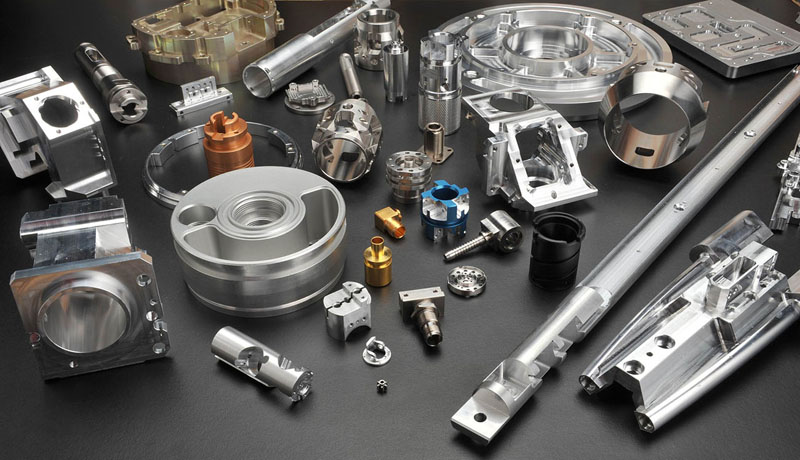In precision part machining, non-standard part machining refers to the production and manufacturing of parts that meet specific specifications, shapes, and material requirements through special processing techniques and methods based on customer needs and requirements. Unlike standard parts, non-standard part machining places more emphasis on personalization and customization. The following are key concepts and features related to non-standard part machining:
1. High Degree Of Personalization And Customization.
Each customer’s needs are unique, therefore non-standard parts processing needs to be designed and manufactured according to their specific requirements to meet specific functional and performance requirements. This personalized and customized feature makes non-standard part processing widely used in various industries.
2. Unique Designs
Each non-standard part has a unique design that is often developed based on the specific needs of a project or product. This contrasts with standard parts, which are mass-produced and have uniform designs.
3. High Machining Difficulty And Requirements.
Due to the complex shapes and special material requirements of non-standard parts, higher requirements are placed on processing equipment, processes, and technologies. Advanced equipment and tools, as well as proficient operating techniques, are required during the processing to ensure the accuracy and quality of the parts.
4. Strong Flexibility And Adaptability
Due to the different needs of each customer, non-standard parts processing needs to be able to adjust and adapt to different requirements. During the processing, adjustments to the process and parameters can be made according to specific needs to ensure that the final product meets customer expectations.

5. Complex Geometries
Non-standard parts often involve complex geometries, intricate features, or unconventional shapes. Precision machining technologies, including multi-axis CNC machining, are employed to achieve these complex designs.
6. Prototyping And Testing
Due to the uniqueness of non-standard parts, prototyping is often employed to validate designs before full-scale production. Prototyping allows for testing and refinement, ensuring that the final parts meet performance and quality standards.
7. Rapid Response To Changing Requirements:
Non-standard parts processing allows for rapid response to changing design requirements. This flexibility is crucial in industries where innovation and adaptability are paramount.
8. Widely Applicable In Various Fields.
In the field of mechanical manufacturing, non-standard part processing can be used to manufacture special components and accessories of various mechanical equipment. In the automotive industry, non-standard parts processing can be used to manufacture special parts and customized accessories for automobiles. In the aerospace field, non-standard parts processing can be used to manufacture special parts for aircraft, rockets, and other aircraft.
In precision part machining, non-standard part machining is a personalized and customized machining method with high difficulty and requirements. It has a wide range of applications in various fields and can meet the needs of customers for specific parts. With the advancement of technology and the continuous changes in market demand, it is believed that non-standard part processing will play an increasingly important role in future development. The ability to customize designs and produce precision components makes non-standard parts a valuable resource in engineering and manufacturing.



